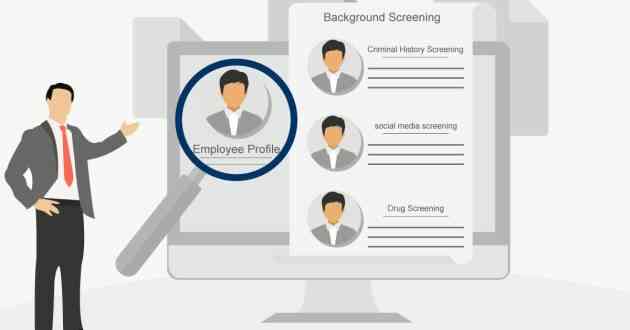Business Plan Series: Part Three
- - Category: Accounting
- - 08 Sep, 2021
- - Views: 1.3k
- Save

This will discuss the financial plan on a business plan.
In Parts 1 and 2 of Credo’s Business Plan Series, we discussed the purpose (mission) and operational preparedness (demand and ability to execute) of a new business. Here, in Part 3, we will discuss the financial plan.
The financial plan is the key mode in which you will communicate with potential investors. The aspect to remember here is that while a great idea may be fascinating, investors need to first and foremost understand how it will make money.
To be clear, a financial plan is more than just providing an income statement and balance sheet; it should combine your business’s forward-looking vision with historical financial statements. Doing so will birth a financial plan that speaks to how your vision will generate income in the future. (If, however, you are a startup with no prior financial statements, you should instead provide a thorough outlook).
Typically, a financial plan will have a three-year projection on operations (i.e., a three-year income statement). The purpose of these documents is to show the projected growth of the company and the income created.
Your next step is building a revenue model, in which you will clarify what you are selling and how you will monetize (get paid). Whether your model is simple or complex, the key should be in mapping out the what, when, why, and how your customers pay you. This revenue model will follow your vision of how you will grow the company.
Related to revenue are the associated costs needed to deliver the product or service. In most cases, every unit of sale will require a certain cost in the production or delivery. Mirroring revenue with a related cost-driver model becomes key to understanding the gross margins (revenue less cost) of the business.
Once you understand and can project the gross margin over time, next comes understanding what is required to support the business. Expenditures such as marketing, insurance, supplies, outside services, and even employee payroll are marked as operating expenses1.
Generally, operating expenses can be thought of in two camps: startup expenses and recurring expenses.
Startup expenses are exactly what they sound like, in that they are the expenses you take on to allow you to start running your business. Such expenditures may range from minor (a business license) to major (opening up a facility).
Recurring expenses, on the other hand, are the support of the day-to-day operations. If you will have a physical presence (an office space), then you will have the rent and utility bills. If you have a staff, there will be a biweekly payroll. With this in mind, think back to our operating plan covered in Part 2 of the series. What does it take for you to successfully run your business? The answer will be your recurring expenses.
Of course, some expenses may fall into both categories. For instance, an entrepreneur may conclude that a significant marketing investment is required to generate demand before any revenue is realized. In this case, marketing would be a startup expense by definition. However, marketing is also an ongoing, recurring investment.
At Credo, it is our belief that an income statement not only gives structure to the qualitative vision, but should be developed in tandem with the operational planning efforts. A well-orchestrated financial plan will be driven by the operating plan, and refine and inform the operational activities.
Ultimately, your financial plan should outline how you expect the business to operate over the next 36 months. The “bottom line” of net income2 can be calculated to show how the company will generate profits. Now, you have a compelling financial structure (plan) that a third party can understand and use to make informed investment decisions3.
It is important to note that banks may require the income statement by month or by quarter, so it is vital to consider the timing of the expenses. Additionally, a balance sheet and cash flow statement will be important complements to the income statement that will communicate how the company’s assets will grow over time. There are tools and professionals to help build, analyze, and guarantee the documents flow together in a comprehensive financial package.
In accordance with Credo’s suggestions, the documentation and presentation deck should reflect insightful commentary and analysis in support of the financial conclusions. Doing so will both educate the third party and advocate for your company.
Most importantly, your financial plan should identify how much money is initially and recurrently required to run a profitable business. In developing and reading the final plan, one should easily understand how much is needed to fund the startup expenses and when the company will begin making a profit (break even).
Finally, your entire business plan should create a seamless narrative. Your mission/vision explains what you are trying to accomplish; your operating plan discusses your execution; and your financial plan maps out how everyone gets paid. Once all of this is complete, you can, with confidence, present your story to a third party in order to make a compelling case as to why your business is a great investment.
Reflection Questions
- Are you able to understand the market demand to project revenue?
- Do you confidently know your cost structure?
- What are those mandatory costs that make your business engine run?
- What kind of reserve/risk tolerance do you have?4
- Certain expenses are variable and derivative of revenue. Credit card processing fees, for instance, are calculated based on the payments made for revenue-driven activity.
- Revenue + Less Cost + Less Expense = Net Income
- Most investors will want to have an analysis that runs the spectrum of best case/worst case scenarios.
- It is always better to err on asking for more money than less.


